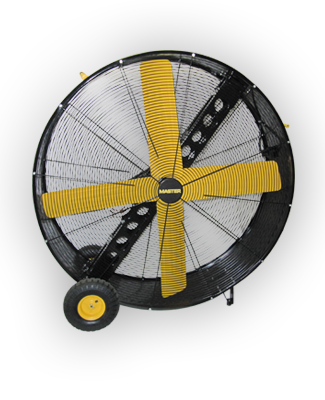Buy Fan Cooling For Mac

Some Apple products contain sensors that respond when they detect temperature changes inside your system or device, turning on fans to bring cooling airflow to critical components.
About fan noise
If your device's processor is working on intensive tasks—such as compressing HD video, playing a graphics-heavy game, or indexing the hard drive with Spotlight after you migrate data—the fans run faster to provide additional airflow. You might hear fan noise when this happens, especially if you're in a quiet environment. This rushing-air sound is a normal part of the cooling process.
Tree New Bee Cooling Pad: With four powerful fans and fairly stationary design, this is best for use at a workstation where you’re running your Mac to the max on a regular basis. Havit HV-F2056 15.6-17 Inch Laptop Cooler: Made for those on the go, this pad will fit easily into your bag and keep your laptop cool wherever you take it at only 1. Jun 26, 2017 Quick Mac tip: What to do if your cooling fans are always on. Disney font free download. Are the fans in your Mac or MacBook constantly roaring away at full speed? Try these tips.
Ambient temperature, the temperature outside the device, also plays a role in the fans' responsiveness. If the ambient temperature is high, the fans turn on sooner and run faster.
Do not edit it. This entry was posted on. Trials In Tainted Space Android Doctor Badger Trials In Tainted Space EditorialDragontamer8740 / Trials-in-Tainted-Space forked from thetechnodragon/sourceTiTS. 
If you hear the fans in your Mac Pro running at full speed and you aren't performing any intensive tasks, check the enclosure. Make sure that your Mac Pro is locked and fully seated, or that the top cover or access door is closed and locked on rack-mounted models.
Make sure the vents on your Apple product aren't blocked
Some Apple products have vents that let fans bring in cool air and expel hot air. Make sure that the vents aren't blocked to allow your device to perform at its best.
- Apple TV 4K has a fan and a vent at the bottom.
- Airport Extreme and Airport Time Capsule have fans and vents at the bottom.
- iMac has vents along the bottom edge and on the back.
- iMac Pro has vents along the bottom edge and on the back.
- Mac mini has vents at the bottom to bring in cool air from beneath the device and vent hot air from the back.
- Mac Pro has three fans on the front of the computer and vents on the front and back.
- MacBook Pro has vents along the side and on the back. MacBook Air computers have vents along the back near the clutch.
The surface your device rests on can block its vents, affecting fan behavior. If you use your device on a soft surface like a couch, pillow, bed, or your lap, its fans might run more. Using your device on a hard, flat surface like a table or desk is best for temperature control.
Learn more
If the fans in your Mac run fast even when it isn't experiencing heavy usage and is properly ventilated, you might need to reset the System Management Controller (SMC) on your Mac. If you're experiencing this issue on an Apple TV 4K, Airport Extreme, or Airport Time Capsule, unplug the device, then plug it back in.
Learn more about the operating temperature of Apple notebook computers.
A Few WarningsYour Mac throttles your CPU when it gets too hot, slowing it down significantly until the temperature gets under control. Usually, this kicks in before the temperature gets too high, but you can manually push your CPU farther by turning the fan speed up farther than Apple usually allows. This makes a lot of noise, which is why the auto-control tries to slow it down.On the other hand, if you hate fan noise, you can manually turn them down. Keep in mind that this will make your system run a lot hotter, and could lead to system instability if you let it go too far.With either option, you should monitor the temperatures of your CPU and other components and make sure you’re not causing damage to your system.
It’s also possible that running fans at max speed for extended periods could lead to damage, so try not to torture your laptop. Controlling FansGet started by and moving it to the Applications folder. When it starts, you’ll see a list of all your fans and the option to set custom controls. “Auto” keeps the default behavior, but opening up “Custom” allows you to set a specific RPM value, or set a target temperature.The sensor-based value option mimics the automatic behavior but lets you select how hot you want your system to be. You can push the maximum temperature higher if you want more performance, or lower if you’d like your fans to be quieter.As a nice touch, the app also lets you monitor the temperature sensors in your system. The main ones to look out for are the CPU Core temperatures.If you don’t want to have the application open all the time, you can set one of the fans and sensors to display in the menubar with the app icon; click the “Preferences” button in the bottom right corner to get to those settings.This adds a nice sensor in the menubar, and it doesn’t take up too much space if you display it on two lines.Under the general preferences, you’ve also got the option of having the application launch on startup and displaying the temperatures in Fahrenheit.Image Credits: /Shutterstock.